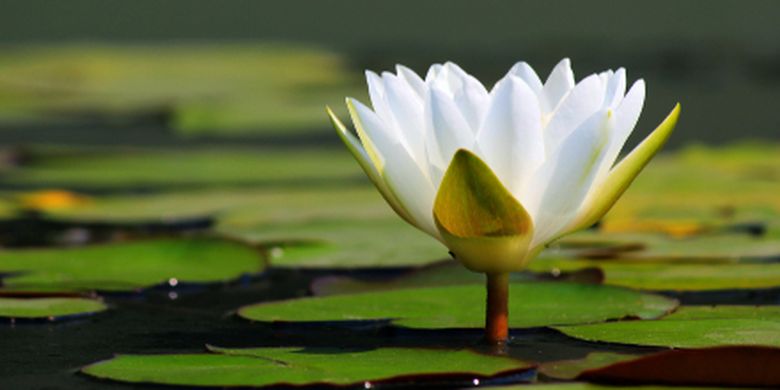In the realm of aquatic flora, teratai few specimens captivate the imagination quite like the Teratai, commonly known as the Water Lily. This exquisite aquatic plant, with its delicate petals and floating leaves, has been a symbol of beauty and tranquility for centuries. As we delve into the world of Teratai, we uncover a fascinating tale of nature’s artistry, cultural significance, and ecological importance.
The Teratai, native to various parts of Asia, including India, China, and Southeast Asia, has earned its place in folklore and art across the region. In many cultures, it is considered a symbol of purity, enlightenment, and rebirth. Its ability to emerge from the muddy depths of ponds and rivers, unfurling its pristine petals on the water’s surface, has often been likened to the journey of the human spirit towards enlightenment.
One cannot help but be mesmerized by the sheer elegance of the Teratai. Its large, fragrant blossoms, which can vary in color from pure white to shades of pink and yellow, often serve as muses for artists, poets, and photographers. The symmetrical beauty of its floating leaves, which provide shade to aquatic life below, adds to its enchantment.
Beyond its cultural and aesthetic significance, the Teratai plays a vital role in maintaining ecological balance in aquatic ecosystems. Its leaves and stems provide essential shelter and breeding grounds for various aquatic creatures, including frogs, insects, and even small fish. Additionally, its presence helps in regulating water temperature and oxygen levels, ensuring the health of the aquatic environment it inhabits.

